Introduction to Walk Like a Sloth: lessons in ground sloth locomotion
 Getting Oriented
Getting Oriented
Like you, and unlike tree sloths and most other ground sloths, Megalonyx had five (5) toes on each foot. Your toes, like your fingers, have three (3) phalanges (segments) each, except your big toe and thumb which each have just two (2) phalanges. Megalonyx is the same, only the middle toe is the big toe, and has two (2) bones. In Megalonyx the proximal phalanx (the bone closer to the body) and medial phalanx (middle bone) of the 3rd toe are fused, so completely that all traces that they started out as two separate bones have vanished. What looks like the proximal phalanx is actually the third metatarsal.

























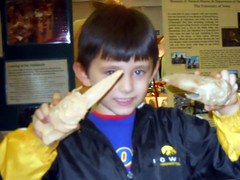




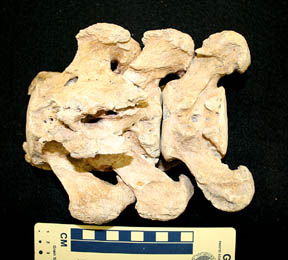
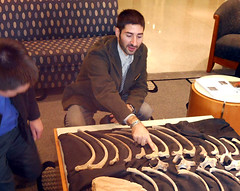














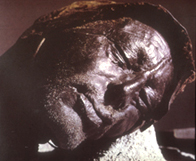 “This is one of the best examples of a spring marsh I have yet seen. . . ” wrote State Geologist Charles White about this Marion, Iowa fen in the course of his critical statewide survey of Iowa’s wetlands in the fall of 1867 (White, 1867). However, White didn’t come to admire the flora. The future of the State rested upon what he could learn here about turning this peatland into an urgently needed fuel source.
“This is one of the best examples of a spring marsh I have yet seen. . . ” wrote State Geologist Charles White about this Marion, Iowa fen in the course of his critical statewide survey of Iowa’s wetlands in the fall of 1867 (White, 1867). However, White didn’t come to admire the flora. The future of the State rested upon what he could learn here about turning this peatland into an urgently needed fuel source.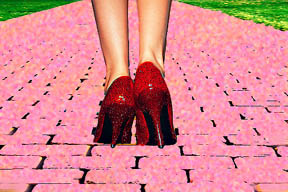
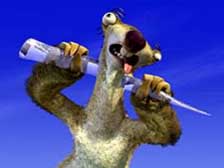 No amount of logic or evidence can erase the image of unmatched ineptitude sloths have in the minds of the public and biologists alike. . . they are simply too different. Weirdness at this level prompted titters and contempt from the moment tree sloths were discovered. Buffon, naturalist to King Louis XV of France, suggested sloths were an experiment by The Creator to test the limits of life by piling one flaw upon another. . . one more and sloths could not exist at all (Martin et al., 1961). So it was with some surprise and no little delight that I read a recent paper by Vizcaíno (2009) that takes sloths’ greatest flaw–their lack of tooth enamel, and suggests it might in fact be their great evolutionary innovation.
No amount of logic or evidence can erase the image of unmatched ineptitude sloths have in the minds of the public and biologists alike. . . they are simply too different. Weirdness at this level prompted titters and contempt from the moment tree sloths were discovered. Buffon, naturalist to King Louis XV of France, suggested sloths were an experiment by The Creator to test the limits of life by piling one flaw upon another. . . one more and sloths could not exist at all (Martin et al., 1961). So it was with some surprise and no little delight that I read a recent paper by Vizcaíno (2009) that takes sloths’ greatest flaw–their lack of tooth enamel, and suggests it might in fact be their great evolutionary innovation.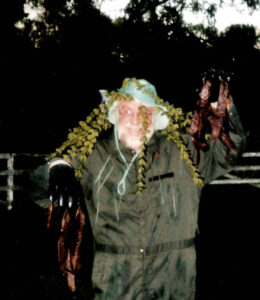 Dress up as your favorite Ice Age ghost or orphan.
Dress up as your favorite Ice Age ghost or orphan.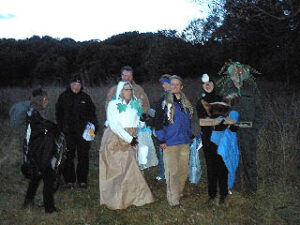 Watch the ICNC schedule for a program about the Sloth Project this winter.
Watch the ICNC schedule for a program about the Sloth Project this winter.